Before I get stuck in, to provide a bit of context to what I’m going to be talking about in this article, I just want to give you a bit of a behind-the-scenes look into just some of what we’re doing over at Facebook.
Our first party applications are building for the future of social VR experiences. Over the last three years, we've had the opportunity to work with products that are designed to push forward Facebook's mission to give people the power to build communities and bring the world closer together.
We've built Facebook spaces for Oculus Rift, a VR hangout space where you can come together with your real life friends to watch media, play games and chat. Oculus rooms offer a similar experience for the Oculus Go Gear VR headsets. Their use allows 1,000s of people around the world to come together to watch live events like comedy, sports and concerts in real time. Our 360-degree viewers allow people to completely immerse themselves in photos and videos.
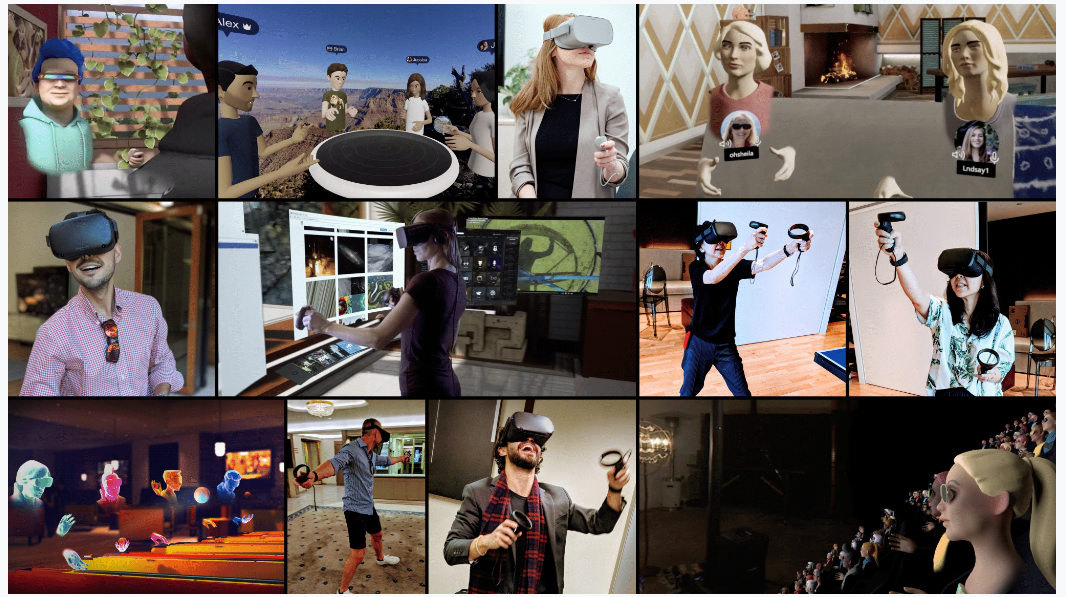
Quill is our VR illustration and animation tool that allows creators to make amazing VR-native content that lets viewers completely immerse themselves in the experience. A key principle in all the work we do is our belief that VR is a product that will and should be for everyone, and that we need to consider building for diverse audiences and use cases from the start.
VR removes distance. It makes people 1,000s of miles away from each other feel like they are physically present in the same room. We believe it's one of the most powerful technologies that exists today to connect people over distance. And these applications are just some of the steps that our team has taken to explore these use cases and find more ways to bring people together.
But where does marketing fit in?
I love this quote from a Harvard Business Review article by Denise Lee Yohn: "The bigger the innovation, the bigger the risk of failure," because marketing can reduce those risks. It matters as much as product innovation - sometimes even more. It's really powerful that marketing has the ability to de-risk some of the most innovative products that we're building.
And when I am talking to my team and my peers, I often show them the following chart of where Product Marketing fits into the process.
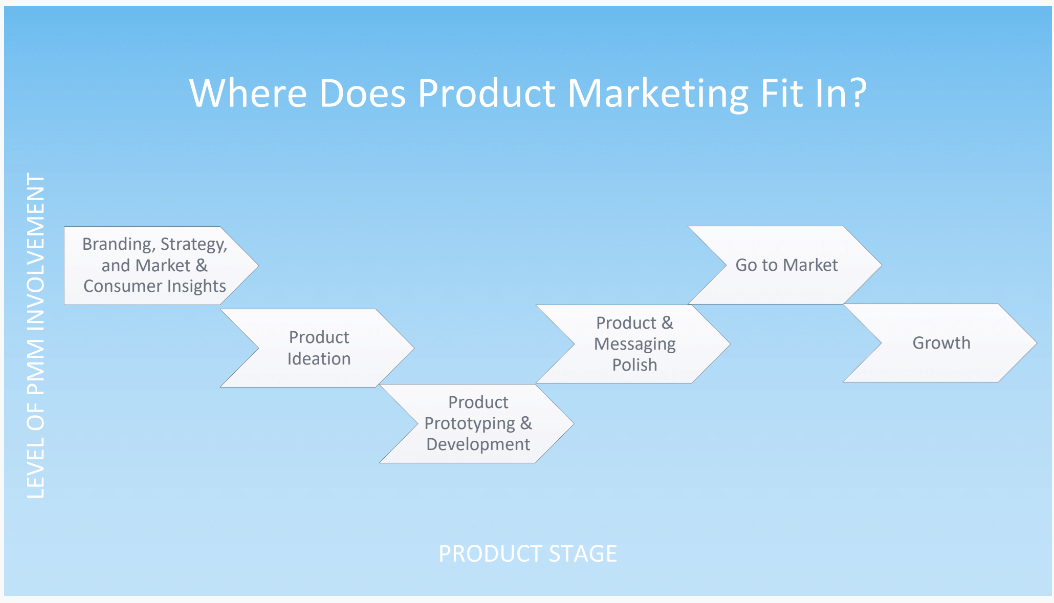
Where does marketing start?
My team's product marketing starts long before we begin designing or building a product. We're out there in the market looking for consumer and marketing insights, evaluating the competitive landscape and looking for opportunities and white spaces to build innovative products.
Once product development starts, PMM takes a little bit more of a backseat and we act as consultants to make sure we're delivering features and experiences that align to those strategic opportunities and market insights we found earlier.
Then, as we move back into polish and go-to-market, PMM once again takes the lead role by making sure we're delivering that message out to the right audience, of what that value proposition is, and why this is such a fantastic experience for our users. This looks relatively straightforward but what do you do to differentiate your product when there are no competitors to differentiate against?
How do you gain confidence and market insights when there's no market? And how do you talk about a product to consumers when they have no frame of reference for how this product will fit into their lives?
Our challenges
These are challenging questions, and there are many ways to answer them. We try all sorts of tactics to make sure that we are able to deliver an amazing innovative message to our consumers. Three tactics that we use regularly to make sure we are supporting the product teams we work with are as follows:
- First, we use the Jobs to be Done theory to help map the landscape of innovative opportunities for our product teams to pursue. This was articulated by Clay Christiansen, the author of ‘The Innovator’s Dilemma’.
- Second, we develop a deep understanding of those consumer expectations in the market today to make sure we have some guardrails for innovation.
- Third, we leverage familiar consumer platforms where people are spending time today to introduce them to some of those new innovative features they may not have considered.
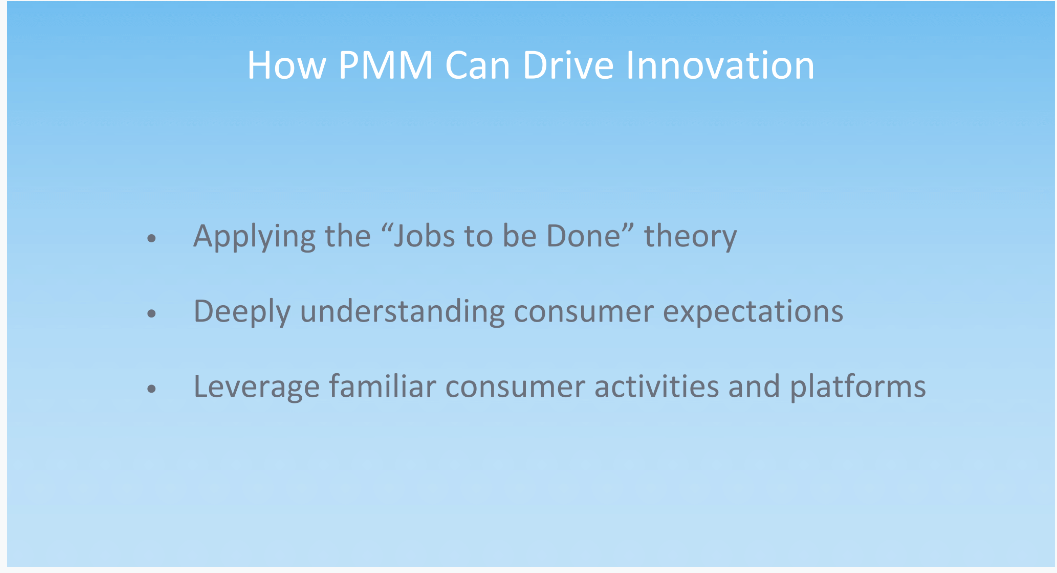
Jobs-to-be-Done
This is a really powerful and sometimes humbling way to consider the relationship between your customer and your product. A job is simply the role that a product plays in consumers’ lives to help them move forward in a given circumstance. Put another way, people don't want a quarter-inch drill bit, they want a quarter-inch hole. We ask, what is the problem that the consumer needs to move past that your product can solve for them?

Also, jobs are very rarely about the function. It's not just what the product does to solve a particular job, the best solutions have an emotional component - there is some emotional driver behind why people want that job fulfilled. Jobs are rarely one-off events. The best jobs are the ones that your product can solve over and over again or are recurring problems in people's lives.
The best solutions have an emotional component.
To give this a broader example, the classic story to illustrate Jobs to be Done is the milkshake problem, in which McDonald’s wanted to sell more milkshakes. They tried adding new flavors based on consumer feedback and offering coupons and discounts, but nothing materially changed the volume of milkshake sales, so they brought in some consultants to help them understand what they could do to move more milkshakes off the shelf.
The consultants started looking at the data and speaking to users, and they discovered something odd - that 40% of milkshakes were being sold early in the morning. What could be going on here? Who drinks milkshakes first thing in the morning? So they talked to the people making these purchases, and they discovered that they were all buying milkshakes to fulfill a very specific job in their lives.
These were long distance commuters who wanted something that would entertain them on a boring car ride, keep them full until lunchtime and not cause a mess or a distraction while they were driving. They were using milkshakes for the job of entertainment and sustenance while on a boring commute. Now, knowing this insight, imagine the new opportunities that this offers for the retailer. They can explore new product offerings, completely new marketing messages to new audiences, even new store layouts, all based on the understanding of a job that their product was serving out in the market.
So, identifying the job that customers will hire your product for is important for any product that wants to find a true fit in the lives of their users. This is even more important for us in VR, because there is no job association in our consumers minds today. Take for example the iPhone. They didn't need to educate people on the use case or the job of staying connected while on the go. They did a much better job than some of the previous products out there. But people understood the fundamental job that this product would play in their lives. We don't have that luxury with VR. So we need to find jobs that VR can solve better than any other product and create opportunities and experiences for VR to solve that job for users.
How do we identify the jobs to pursue?
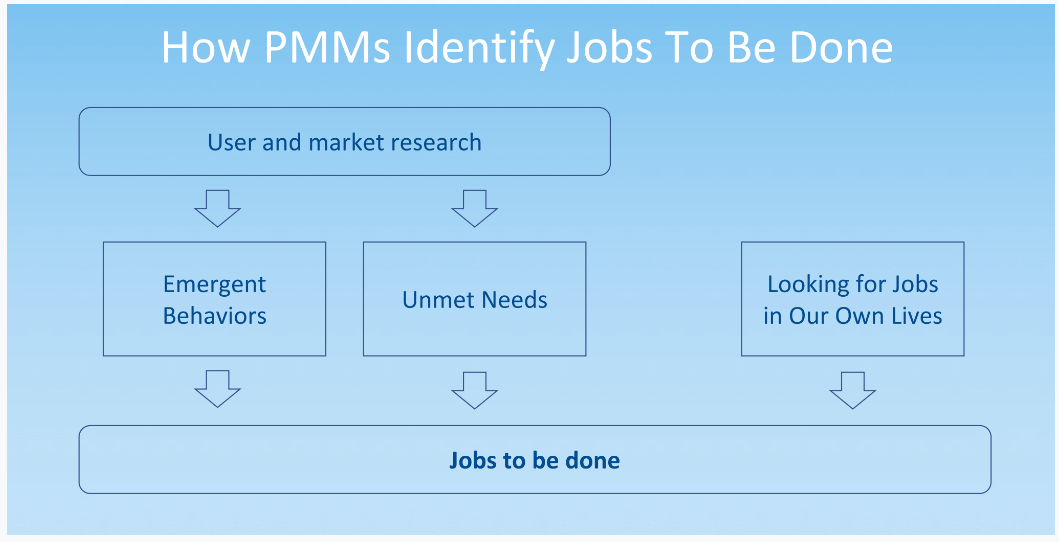
Well, generally, it starts with Product Marketing, user research and the design team going out into the market, doing deep consumer research, competitive analysis, and trying to understand both unmet needs, places where people have true jobs to be done that aren't fulfilled by any other products, or emergent needs, places where people are using our or other products in a way that's unexpected or not aligned to the initial use case of that product, and where perhaps we can come and do a better job.
But one of the most straightforward ways to start exploring Jobs to be Done is to look for jobs that exist in your own and your team's lives under the assumption that if there is a true unmet need in your own life, that might resonate with a larger audience as well.
A perfect example of this comes from one of our products, Quill, the VR illustration and animation tool. Lead Product Designer for Quill, Goro Fujita, had a job to be done in his life.
As an illustrator and animator for DreamWorks, who had made his career from his beautiful hand-drawn art, he wanted a way to deliver the high quality 3D models that the industry was seeking, but he didn't want to have to change his process to use really technical 3D modelling software. As he spoke to other artists and illustrators at events and online, he validated that this was a true use case - illustrators everywhere were feeling left behind as the industry moves towards more technical 3D tools. What they really wanted to use was their original art tools, their hands.
From this use case, Quill was born - pop on a VR headset and the entire world becomes your 3D canvas to draw and paint in all directions. Quill’s developed a niche but very loyal following of artists who understand this use case, who are thrilled to be able to paint and draw in 3D and have the output that that they would get from a 3D modelling tool.
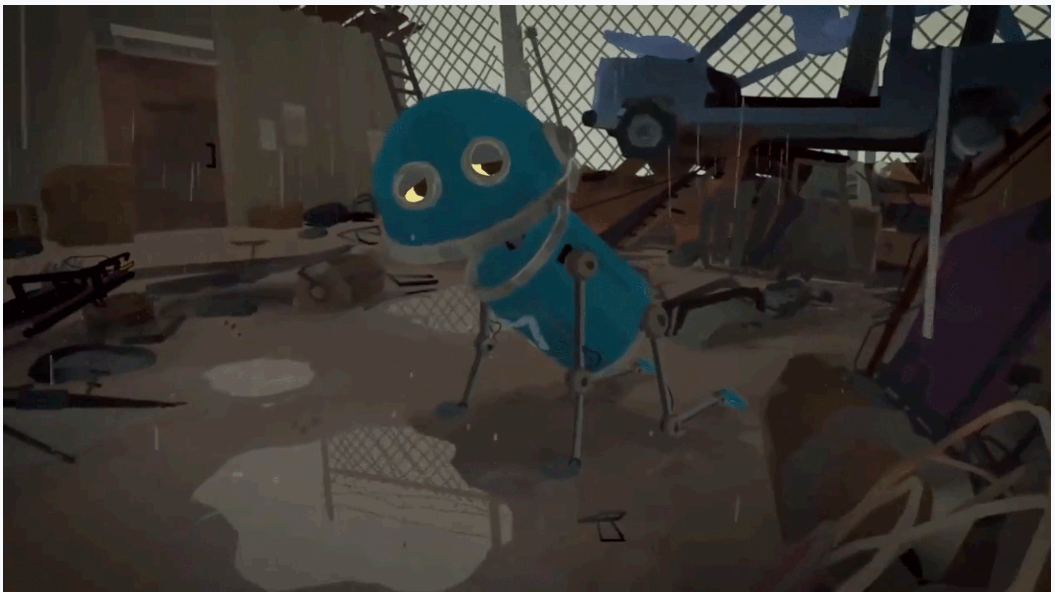
Even better, they're willing to invest in VR technology and hardware and support our other products, because they believe in this use case. This is a true job to be done that we identified through our team and were able to find a fantastic product to deliver to the market. Now we have artists creating amazing immersive 3D art for VR.
So of course, it's amazing to have the Jobs to be Done clear up front, and be able to align product features and have that strong product-market fit, but what if you release the product and you start to notice that people aren't using it the way you expected? Part of our job as a PMM is to notice those emergent-use cases and help direct the team to support the new audiences and opportunities that arise.
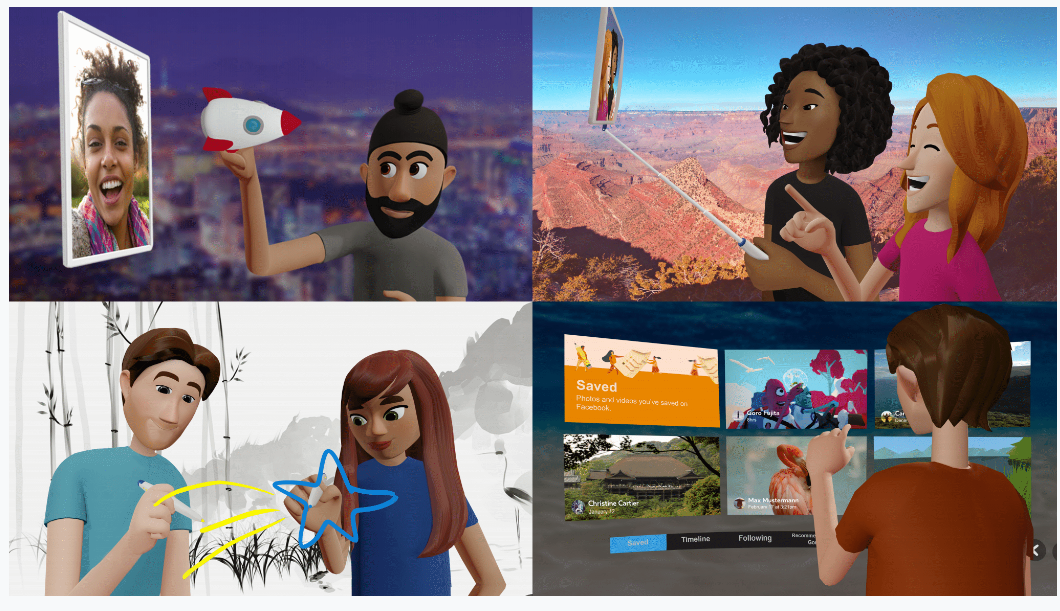
Another fantastic example of this in our world was with Facebook Spaces, where we noticed an emergent-use case around VR broadcasting. Facebook Spaces was the private VR environment where you could hang out with friends, chat, play games, watch media together.
But we noticed something interesting; a highly active group of users who were coming back again and again, weren't using this in the way we intended. Using our video capture tools, they were creating videos that were intended to be shared online and not for use in VR at all.
These were emergent journalists and rising streamer filmmakers, storytellers who wanted a way to broadcast from anywhere in the world with anyone in the world to tell their unique stories - Spaces was the perfect solution. Pop a 360 degree photo in the background and it could look like you are broadcasting from outer space, a foreign country, even a live event.
Also, because it was a social app, users could invite their friends from around the world to join in using expressive avatars to communicate their unique identity, and then create a fantastic output that could be shared online. We really invested in supporting this use case; we connected these creators to 360 degree photos and videos to illustrate their unique stories and backgrounds, and we built in the ability to stream to Facebook Live. So with one click people could broadcast to their Facebook page or their group. And we've spent time talking to and listening to these users to see how we could develop this emergent Jobs to be Done into products that better serve this audience in the future.
There are many, many fantastic resources to learn about Jobs to be Done and these examples of how they have resonated in our particular product lines really show how this unlocks barriers to entry and creates new forms of user behavior in ways that you might not expect.
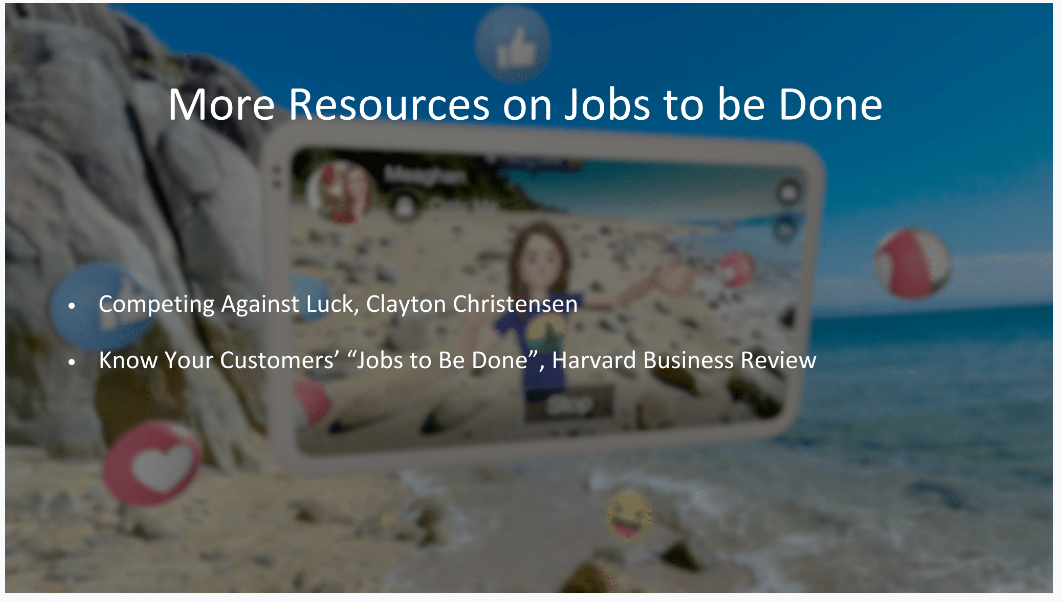
Understanding user expectations
Jobs to be Done is a framework for generating new ideas that the product team can pursue, but that leaves a lot of white space. So how do we narrow down the range of opportunities to pursue in our world? That comes from the second tactic we use, which is deeply understanding user expectations in our field.
People are inundated with all sorts of information about how technology will change their lives, some real, some aspirational. Nowhere is this more true than in virtual reality. We have everything from the fantastical and wild and crazy like the film Ready Player One, to really practical and interesting applications like doctors using VR headsets to practice surgery. In this wide range of knowledge that people may or may not have about VR, it is incredibly important that we deeply understand the expectations of each of our audiences, and we make sure that we are aligning to those expectations and don't deviate too broadly or give them a misaligned first experience with our product.
I had a really interesting example of this a few weeks back where we were doing some focus groups and talking to people who were familiar with (or they claimed they were familiar with) VR, but they hadn't ever used a VR headset before. We were asking them what sort of experiences they wanted and what they expected from the technology. One particular person kept speaking but we realised they weren't actually talking about virtual reality, they were talking about the film The Matrix. That's a true story.
We are not going to instantly enable people to learn Kung Fu as far as I know. But if we put that person in a headset today, or targeted them with our marketing, they would be immensely disappointed. On the other hand, we have people who do have a really good idea of what VR will offer them. These people say again and again, they want virtual reality to give them the chance to have experiences they couldn't otherwise have. They want it to enable something that was otherwise impossible. For example, sitting in the front row of a Billy Idol concert halfway around the world.
So, Oculus venues launched last year. But just a couple of weeks ago, we brought together 1,000s of fans to see Billie Eilish perform from her concert in Spain in real time. Oculus venues have had a fantastic reception since it launched. Part of the reason we believe that's true is because it aligns so well with what people expect VR to give them. When we align where appropriate with those consumer expectations, we have an opportunity to open the door to those more innovative or less familiar experiences. By giving people what they expect, we can give them a stronger first impression. It also lets us speak to a broader audience. If we started with something like Quill or a virtual hangout space, it's harder to talk to the broad audience we want to capture. But by aligning our message to what the broader audience expects, we can run some really interesting and fun campaigns that capture that bigger group.
Here's an example of an ad we ran last holidays showing this particular use case.
So, while there is a potential risk of aligning too closely to consumer expectations, you might miss an opportunity to surprise and delight them or create some barriers. When you do move into those more innovative use cases, when you can actually connect the future of your experience with what people look for today, it gives you that ability to open the door and bring them in, to try something they might not otherwise have expected.
Leveraging familiar consumer platforms
So, we map Jobs to be Done to find areas for innovation, and we use consumer expectations to narrow down the field of possibilities. But it's still really hard to get people to try VR. And when we're trying to drive awareness and adoption of such a new and innovative technology, this is not outbound marketing's problem alone. This is something we work with the product team to solve as part of the product development process by looking for opportunities to integrate VR into familiar places and platforms where we think our consumers are today.
This is so critical in the VR space.
When you have something that is so unfamiliar that it seems impossible, you have to start with what is familiar to people.
When you have something that is so unfamiliar that it seems impossible, you have to start with what is familiar to people, and bring the experience to them and the places and platforms where they are today. Fortunately, Oculus is connected to a very familiar platform that reaches a lot of people every day. So, whenever we're looking at building out new products and marketing campaigns, we're always seeking ways to integrate that into the Facebook experience.
An early example of this is when Facebook integrated free 360 degree photos and videos into the newsfeed. In this case, people were, in some cases for the first time, able to experience deeply immersive 360 media content. Now, these videos would be even more immersive if you were to put on the VR headset and watch these in VR or with your friends at Facebook Spaces, just like you'd be hanging out in the Oval Office with your friends.
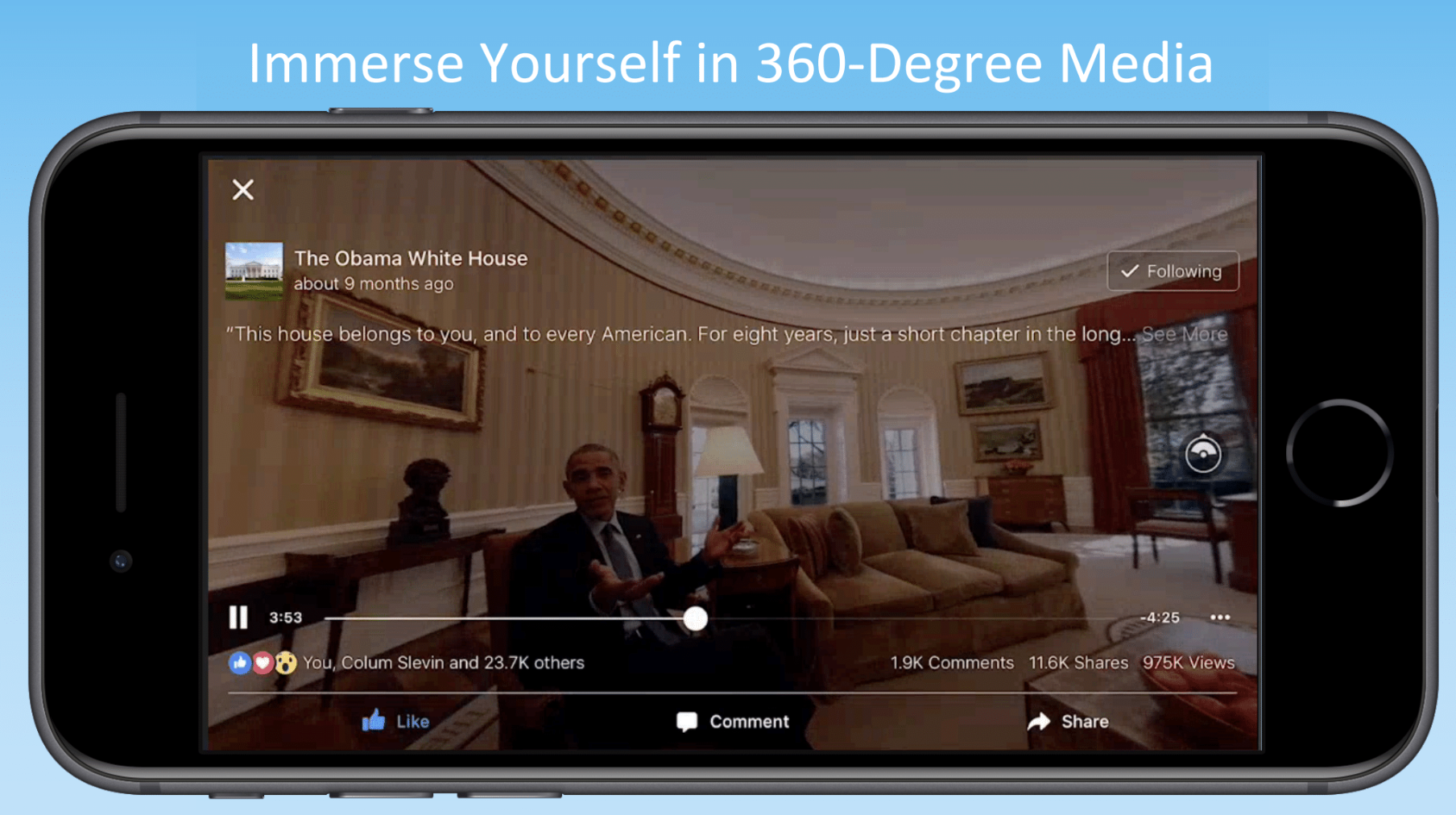
So, why even bother showing this on the Facebook newsfeed where it is arguably a lesser experience? Well, when we have a platform of billions of people, we have a chance to educate others, sometimes for the first time, that there's something deeper and more immersive out there. This opens their eyes and gets them ready to have a conversation with us about what VR can enable and the opportunities that the headset can provide.
But it's not just 360 content. Last year, we worked with the team to release 3D photos. 3D photos are incredibly detailed and immersive portals into a moment or a subject. It was a fantastic way to start talking to people about a sense of presence, something we talk about a lot in VR, and something that is really hard to communicate if people don't have an understanding of how the technology enables you to feel closer to a person or a moment in time. Identifying those familiar and recurring behaviors or platforms that you and your consumers use is an opportunity to find places to bring the more innovative experiences to a place where you can educate your customers for the first time.
We are part of the process to de-risk innovation.
So, when we're building these products for new markets and new audiences, product marketing can be really challenging and really exciting. We are part of the process to de-risk innovation, and we do that through Jobs to be Done and through understanding what consumers actually expect. This way we can give them that positive first experience, and take the message to people in the platforms and places where they are today. As we look towards the future of VR, we will continue to use these and other tactics to educate and inform consumers, but also to de-risk that innovation process and create products that have true value, delight and meaning in people's lives. We do that work to bring the world closer together.
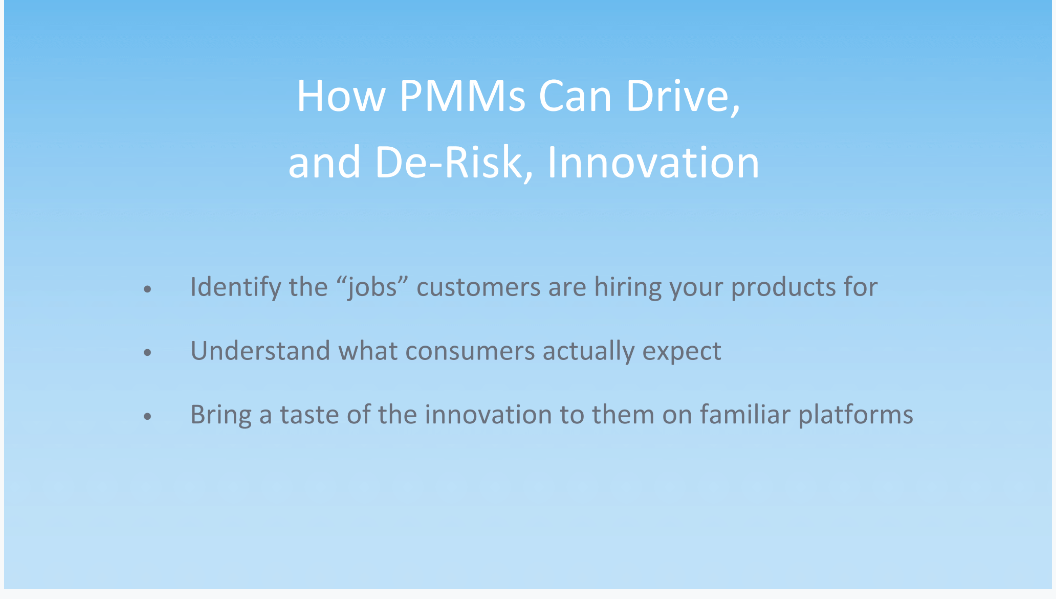
I hope this excites you as much as it does me and my team. We actually had our Oculus Connect Conference last year, where this entire group could have come together, or you could all pop on a VR headset and join the product marketing summit, once again in VR. We're just at the beginning of building this technology, but we imagine a future where VR puts people and their real use cases first. I'm really privileged to say that with our work, that starts with product marketing.


















 Follow us on LinkedIn
Follow us on LinkedIn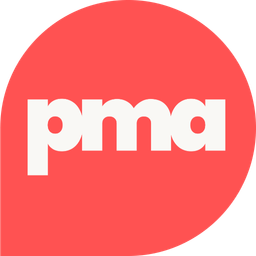


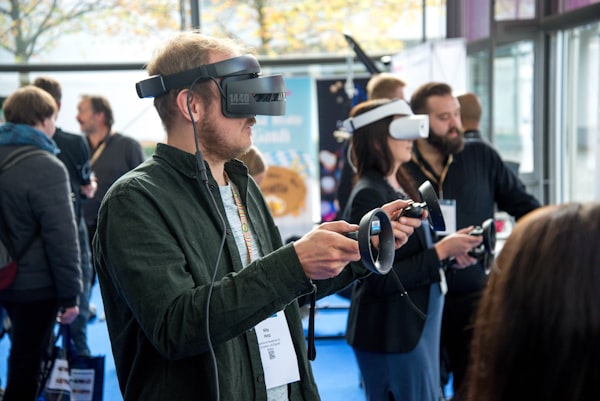

.svg?v=88bb10ed0d)